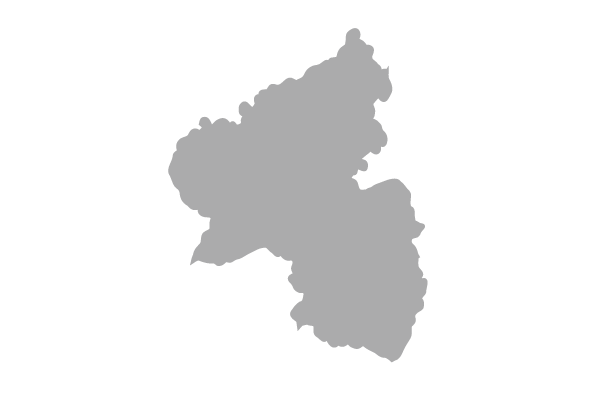In Rheinland-Pfalz erfüllen die Natura 2000 Gebiete die IUCN Kategorie IV (Habitat Species management area). Category IV protected areas aim to protect particular species or habitats and management reflects this priority. Many category IV protected areas will need regular, active interventions to address the requirements of particular species or to maintain habitats, but this is not a requirement of the category. Primary objective To maintain, conserve and restore species and habitats. Other objectives: To protect vegetation patterns or other biological features through traditional management approaches; To protect fragments of habitats as components of landscape or seascape-scale conservation strategies; To develop public education and appreciation of the species and/or habitats concerned; To provide a means by which the urban residents may obtain regular contact with nature. Distinguishing features Category IV protected areas usually help to protect, or restore: 1) flora species of international, national or local importance; 2) fauna species of international, national or local importance including resident or migratory fauna; and/or 3) habitats. The size of the area varies but can often be relatively small; this is however not a distinguishing feature. Management will differ depending on need. Protection may be sufficient to maintain particular habitats and/or species. However, as category IV protected areas often include fragments of an ecosystem, these areas may not be self-sustaining and will require regular and active management interventions to ensure the survival of specific habitats and/or to meet the requirements of particular species. A number of approaches are suitable: Role in the landscape/seascape Category IV protected areas frequently play a role in “plugging the gaps” in conservation strategies by protecting key species or habitats in ecosystems. They could, for instance, be used to: Protect critically endangered populations of species that need particular management interventions to ensure their continued survival; Protect rare or threatened habitats including fragments of habitats; Secure stepping-stones (places for migratory species to feed and rest) or breeding sites; Provide flexible management strategies and options in buffer zones around, or connectivity conservation corridors between, more strictly protected areas that are more acceptable to local communities and other stakeholders; Maintain species that have become dependent on cultural landscapes where their original habitats have disappeared or been altered. What makes category IV unique? Category IV provides a management approach used in areas that have already undergone substantial modification, necessitating protection of remaining fragments, with or without intervention. Category IV differs from the other categories in the following ways: Category Ia Category IV protected areas are not strictly protected from human use; scientific research may take place but generally as a secondary objective. Category Ib Category IV protected areas can not be described as “wilderness”, as defined by IUCN. Many will be subject to management intervention that is inimical to the concept of category Ib wilderness areas; those that remain un-managed are likely to be too small to fulfil the aims of category Ib. Category II Category IV protected areas aim their conservation at particular species or habitats and may in consequence have to pay less attention to other elements of the ecosystem in consequence, whereas category II protected areas aim to conserve fully functional ecosystems. Categories II and IV may in some circumstances closely resemble each other and the distinction is partly a matter of objective – i.e., whether the aim is to protect to the extent possible the entire ecosystem (category II) or is focused to protect a few key species or habitats (category IV). Category III The objective of category IV areas is of a more biological nature whereas category III is site-specific and more morphologically or culturally oriented. Category V Category IV protected areas aim to protect identified target species and habitats whereas category V aims to protect overall landscapes/seascapes with value for nature conservation. Category V protected areas will generally possess socio-cultural characteristics that may be absent in IV. Where category IV areas may use traditional management approaches this will explicitly be to maintain associated species as part of a management plan and not more broadly as part of a management approach that includes a wide range of for-profit activities. Category VI Management interventions in category IV protected areas are primarily aimed at maintaining species or habitats while in category VI protected areas they are aimed at linking nature conservation with the sustainable use of resources. As with category V, category VI protected areas are generally larger than category IV.

